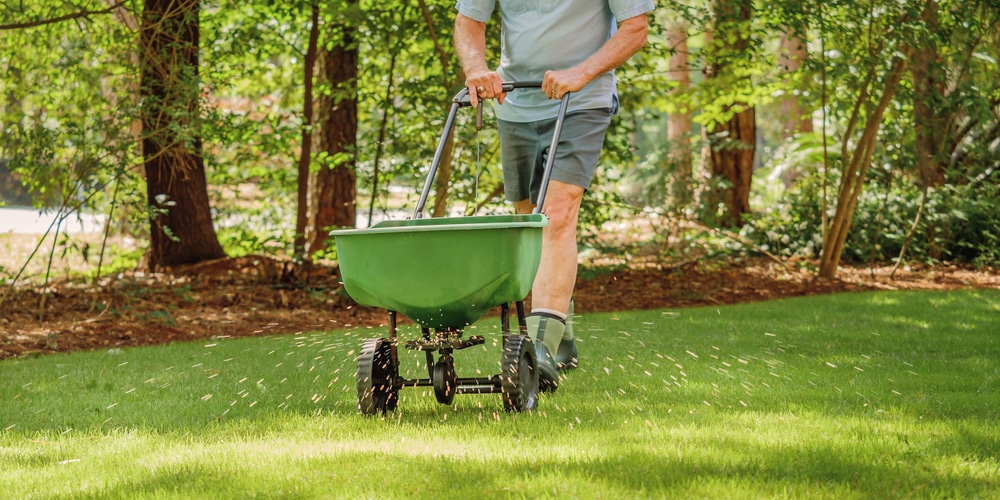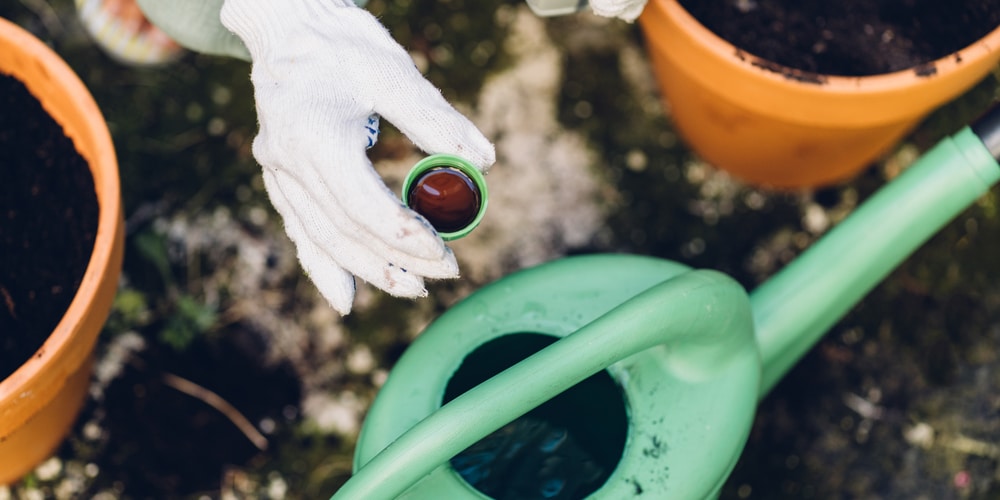2 4 D can be mixed with water in the correct ratio and then applied to your lawn. Before using 2 4 D, you should read the manufacturer’s instructions to get the right ratio. Most 2 4 D products come in a concentrated form, and you’ll need to mix between one and five ounces with a gallon of water.
If you’re using a granular product, it may be easier to measure the powder using teaspoons rather than ounces. In most cases, 1.25 ounces of crystals will equate to 2.5 tablespoons. This article will go over how to mix 24 D with water to apply as a foliar spray.
2 4 D mixing ratio
24-D comes in two forms, wettable powder and a liquid concentrate that needs to be diluted. It’s important to note that each product will need to be mixed in slightly different ratios. Most concentrated products can be mixed in the ratio of between 1and 5 ounces of 2,4-D for each gallon of water.
You’ll also need to work out how many gallons to mix if you are spraying a large area of land. Review the manufacturer’s instructions and use a surfactant with the 2 4 D. Surfactants will ensure that the 2 4 D works well and kills your weeds as it will cause the herbicides to stick to your weeds. When using 2 4 D on a lawn, you can add some surfactant or use a liquid dish soap which is just as effective.
How to mix 2 4 D in a sprayer?
If you have a large area of land to spray, it’s best to use a backpack sprayer. You can add the correct amount of 2 4 D to the sprayer first. Measure the amount by following the manufacturer’s instructions and calculating how much you need for the area. Put the 2 4 D into the sprayer first, then add some surfactant. Next, pour the correct amount of water into the sprayer. The water will mix the chemicals as you pour.
Is it harmful to use too much 2 4 D?
Using too much 2 4 D will damage or kill your grass. 2 4 D is a post-emergent herbicide that works by entering the weeds through the roots. It’s commonly used on broadleaf weeds such as dandelions, clover and in high doses, 2 4 D can cause damage to plants other than the weeds you are trying to kill. Always read the label carefully, and be sure to apply it only where directed. Never use 2 4 D on flowers, shrubs, or trees not listed as tolerant of 2 4 D herbicide. You can use 0 20 20 fertilizer on clover if you are looking to fertilize it and nothing else.
Is 2 4 D toxic to humans?
As with any chemical, 2 4 D does pose some hazards to people who apply it or work around it when it’s being applied. The Environmental Protection Agency (EPA) requires that all pesticides be labeled with specific instructions for their safe use. These labels include precautions to protect applicators, other workers, animals, and the environment. Before 2 4 D can legally be used, its manufacturer must demonstrate that it meets EPA registration requirements.
2 4 D isn’t dangerous as long as it’s mixed to the correct ratio and is applied following the manufacturer’s instructions. It’s best to take precautions when using any type of chemicals. Always wear protective clothing such as gloves, long sleeves, and pants. It’s also a good idea to wear goggles when spraying chemicals. Keep pets and children out of the way when spraying, and avoid using the sprayed area for at least 24 hours.
Conclusion
If you’d like to find the correct 2 4 D mixing ratio for your lawn, it’s best to follow the manufacturer’s instructions. All 2 4 D products are slightly different and will need to be mixed in various ratios. Most products require between 1 and 5 ounces of the chemical to be combined with 1 gallon of water. If you are unsure about mixing 2 4 D, you can consult with a local garden center or someone similar. Find out which weeds are growing in your yard and buy the correct product to kill them. Always be careful when using chemicals to treat your lawn.
Related article: A Guide to Using 0 0 60 Fertilizer

